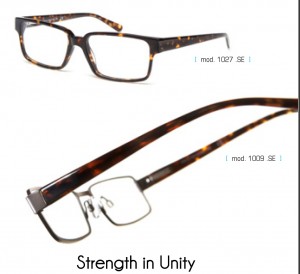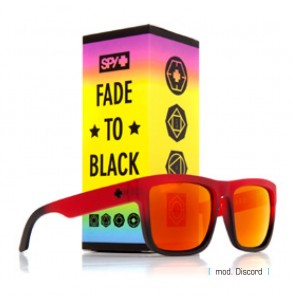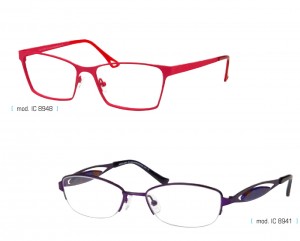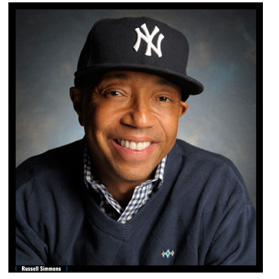By JoAnne Sommers

Canada’s small business community is applauding the announcement of tougher rules of conduct for credit card processing companies, including Moneris Solutions and Chase Paymentech.
In February, the Financial Consumer Agency of Canada (FCAC) issued a guidance document stating that it had observed three issues within the payment card industry that it believed were not in line with key principles set out in the Code of Conduct for the Credit and Debit Card Industry in Canada.
The issues were:
Inappropriate sales and business practices
These included unilaterally changing or modifying agreements without providing advance notice; advertising and promising rates and fees that participants were not able to honour; and misrepresenting contractual terms.
Disclosure to merchants in multiple provider agreements
In its report, the FCAC said merchants often find multiple service provider agreements hard to understand, in part because of the many different but interconnected payment services they require. “As a result, it is often difficult for merchants to make reasonable and informed decisions about the services they choose to receive, what their rights and obligations are and whom to contact in the event that something goes wrong,” the guidance statement said.
Multiple contract cancellation penalties, costs or fee
The FCAC said its investigation found that some merchants signed agreements which they later discovered were linked to additional contracts for related services that contained different cancellation clauses and related penalties, fees or costs. While the merchant was able to cancel the agreement without penalty, he or she often faced additional costs or penalties to terminate related service contracts. In some cases, these penalties were enough to deter a merchant from invoking his or her right to cancel all contracts without penalty.
The FCAC outlined a summary form for payment companies that would disclose key information from the agreement they make with merchants. It is giving the payments industry until November 12, 2013 to put the appropriate measures in place to better protect merchants.
Payment transaction processor Interac has said it will adopt the increased disclosure practices.
In early 2012, the Canadian Federation of Independent Business (CFIB) raised concerns that some sales agents for the credit card industry were “working to trap small merchants in terrible credit card processing deals, often using separate lease agreements to increase fees to exorbitant levels.”
“FCAC has issued some draft guidelines that CFIB believes would go a long way to stop some of the unfair business practices that were creeping into the system,” says CFIB President and CEO Dan Kelly.
« We commend the FCAC and other industry players for siding with small merchants by clarifying acceptable business practices in the Canadian payments industry. The Code is doing what it was intended to do – protecting consumers and merchants. »
The business community is still awaiting an announcement in the Canadian Competition Bureau’s case against Visa and MasterCard, which alleges that some of their practices are anti-competitive: specifically requirements that merchants accept all types of cards regardless of cost, as well as a prohibition on surcharging.
Retailers have lobbied for permission to add a surcharge on purchases, so customers would be more aware of the costs. However, the contracts offered by major credit card companies prohibit such surcharges. They also forbid retailers from choosing a company’s low-fee credit cards while refusing its so-called premium cards.
The Competition Bureau’s case was filed in 2010 and a ruling by the Bureau is expected soon.
“CFIB’s support for surcharging in Canada was given a major boost when Visa and MasterCard settled out of court with U.S. merchants to allow surcharging in early 2013,” Kelly says. « We are expecting a ruling on this issue any day now and will be crossing our fingers. »
In a related development, Senate Public Bill S215 – An Act to Amend the Credit Card Payments Act – was sent to the Senate Banking Committee on May 7. It is awaiting further discussion this fall. The Bill would set limits on the fees that Visa and MasterCard can charge merchants for accepting their credit cards.
MasterCard Canada announced in January that it will increase merchants’ transaction fees on credit card payments this summer. That followed a 2012 announcement by Visa Canada that it was raising rates, which took effect in April.
Canadian merchants pay some of the world’s highest fees for the privilege of accepting credit cards. In May 2012, Kent Thomson, the lead counsel for the Canadian Competition Bureau, told the tribunal hearing the case against Visa and MasterCard that they add up to $5 billion annually.
Thomson described Canada’s credit card system as a « perverse » place where shoppers who pay with cash or debit subsidize purchases made with credit cards because merchants pay high fees for accepting credit cards and those costs are passed on to all consumers.
CFIB says that, depending on the card used, credit card transactions add 2 to 3 per cent to the cost of a transaction, of which 80 to 90 per cent goes to the bank that issues the card.
 The Swedish company Scandinavian Eyewear has partnered with the independent lab Barrie Ophthalmic to offer a complete frame and lens package — an attractive alternative for eyecare professionals.
The Swedish company Scandinavian Eyewear has partnered with the independent lab Barrie Ophthalmic to offer a complete frame and lens package — an attractive alternative for eyecare professionals.










